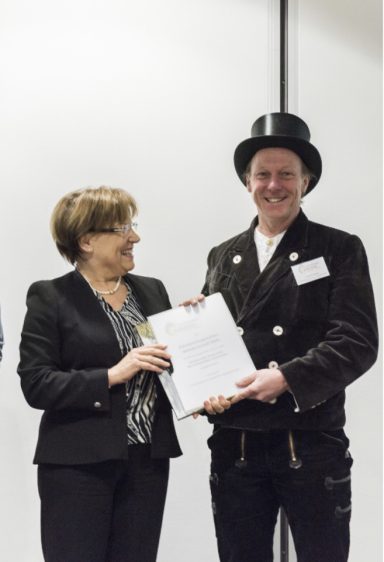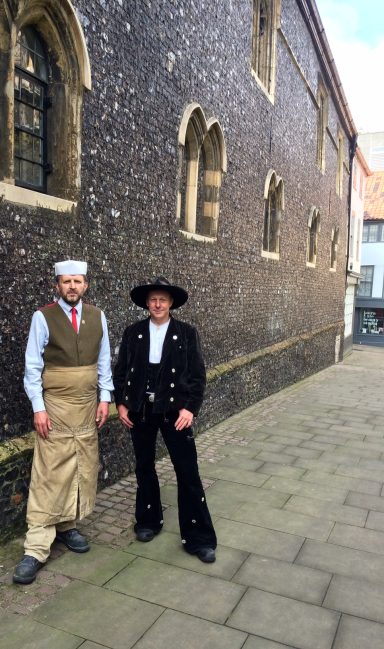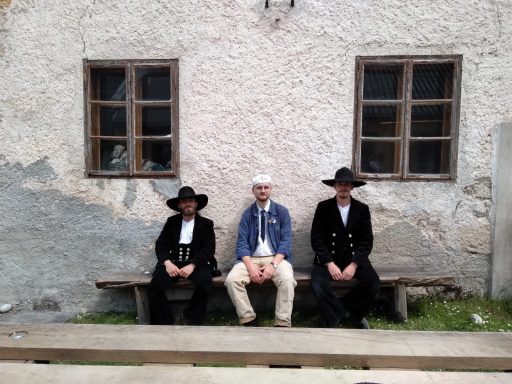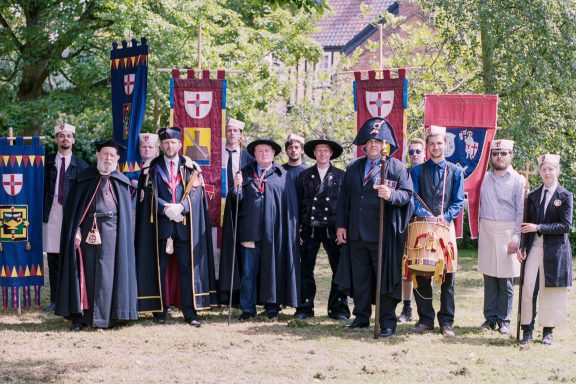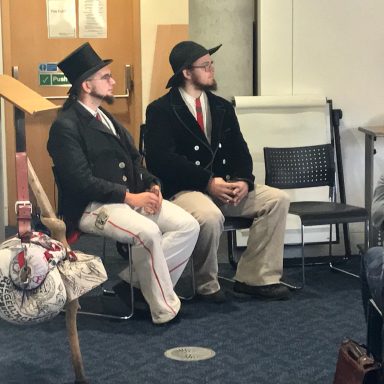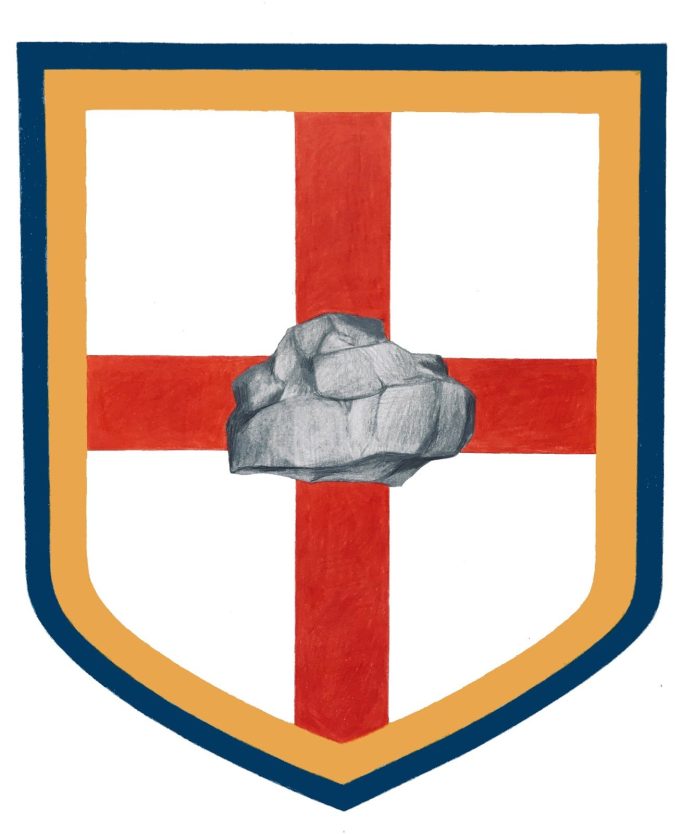
The Stonemasons' Guild of St. Stephen
Cultural Intangible Heritage
The Intangible Cultural Heritage of stonemasons and traditional stonemasonry refers to the ephemeral aspects of our culture, such as social practices, oral traditions and other forms of knowledge carried and transmitted within our cultural communities over the last 4,500 years and still today.
Skills Techniques Languages Songs Dances Stories Histories Poems
RECORD, PROTECT, EDUCATE, USE
The Stonemasons' Guild of St. Stephen is a Co-operative and Community Benefit Society under the Co-operative and Community Benefit Societies Act 2014.
Our stated aims are; Education around stonemasonry skills, craftsmanship, record-keeping (maintenance of an archive) and sharing of the intangible heritage of the craft (viz. its history, culture and traditions).
Membership comprises a group of working craftspeople as well as patrons, scholars and champions of stonemasonry and traditional craft who support the Guild’s aforementioned objectives.
The Guild will serve as a recognised and active centre for craftspeople at every stage of their career or training and will especially focus on the education, support and mentorship of apprentices and newcomers to stonemasonry, but will also offer education on all aspects of the craft and associated intangible heritage to the general public. The Guild will offer regular meetings (moots) and events for the benefit of its members and the public and will facilitate fellowship, education and networking opportunities for craftspeople from a diverse range of countries, craft traditions and backgrounds.
The Secret Languages of Masons
There are five known masons’ argots still in circulation; they are dying languages but are being preserved by a few historical groups, including the Stonemasons’ Guild of St Stephen.
The languages are:
Bearla Lagair Na Saor (Bearla Lagair) – a language used primarily by Irish stonemasons or those from the Low Countries
Bearlish – the argot used by the Guild Master and his contemporaries
Mourmé – the secret language of the masons of Samoëns
Latín dos canteiros or verbo dos arginas (‘Latin of the stonecutters’) – the argot of stone cutters/masons in Galicia, Spain.
Mastorika also known as Koudaritika – used by the stonemasons from Greece and Macedonia. Koudaritika was primarily used by the guild workers in the north-western region of Epirus.
Stonemasons' dances and songs
With an international culture as old as that of the stonemasons, it is little wonder at the quantity and diversity of song and dance directly associated with the craft. A#Here is an example of a Japanese sonemasons folk dance is the sparrow dance (雀踊り, suzume odori), a dance based upon the fluttering movements of the Eurasian tree sparrow. It was first performed and improvised by stonemasons who were constructing Sendai Castle for the daimyō Date Masamune.
The Journeyman culture and tradition
(The titles Journeyman and Journeymen are historic and cultural and not gender specific)
The Culture of the journeymen has survived since the Middle Ages and is as vibrant and important now as it was then. There are a number of craft organisations still supporting the waltz, the largest now being the CCEG registered at the court of Strasbourg (Tribunal d'instance de Strasbourg) and accredited at the Council of Europe in Strasbourg since 1978. There are also a handful of other organisations carry out the same work in Germany, France, England, Belgium, Denmark and Switzerland, with their own rules and requirements.
The Stonemasons Guild of St. Stephen have always encouraged their own apprentices and members to journey and received traveling journeymen with hospitality and fellowship.
The Stonemasons' Guild of St. Stephen Limited Registration number: 5069
© Copyright. All rights reserved.
We need your consent to load the translations
We use a third-party service to translate the website content that may collect data about your activity. Please review the details in the privacy policy and accept the service to view the translations.
